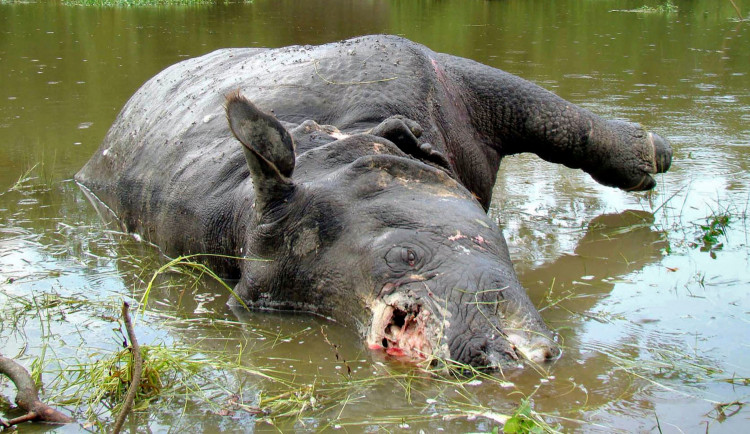Despite great efforts to stop poaching, vertebrate animals are still facing a big threat. In celebration of Hong Kong Elephant Week, James Mwenda, the world's last male white rhino's caretaker, is aiming to be the voice of his dead friend amid the continuing illegal wildlife trade.
"His death is the catalyst for my message," Mwenda said, via the South China Morning Post. "I am giving Sudan the voice he did not have."
Sudan, the last male northern white rhino, was put down on March 19 after a long battle with illness. He was 45-years-old, 90 in rhino years. Now, there are only two female: white rhino left - Sudan's daughter, Najin, and granddaughter, Fatu. From the looks of it, the only way their species can survive is through in vitro fertilization (IVF).
Mwenda joins the Big Life Foundation's Daniel Ole Sambu to visit 14 schools in Hong Kong. They are going to raise awareness about the ivory trade's effect on the wildlife in Africa.
China has recently removed the 25-year trade ban on rhino horn and tiger bones, allowing the wildlife business to push through "under special circumstances." It is now legal for the country to do "scientific research, sales of cultural relics, and medical research or in healing" that involves the said animals' parts.
Mwenda believes that China's decision will create a great impact on the animals' welfare. World Wide Fund for Nature (WWF), on the other hand, sees this move will have "devastating consequences" to these creatures.
Hong Kong is said to be the world's largest ivory market. WWF noted that it is also involved in killing 30,000 African elephants every year. The 2016 Great Elephant Census showed there is a great drop in this mammal's population after 10 years - from 490,000, it is only 350,000 now. Poaching is reportedly the main reason for the dramatic decline.
National Geographic added that the illegal wildlife trade has a great threat to a lot of species. It doesn't only involve rhinos and elephants, but the tiger and other animals that are sold in exotic pet markets as well.
In Rachel Love Nuwe's book, "Poached: Inside the Dark World of Wildlife Trafficking," she revealed there are still a lot of brave people and organizations that are doing their bests to catch the criminals and save the animals. She also noted that Southeast Asia and China's superstitious beliefs drive attention to the illegal trade and the law enforcement need to address this issue.
Most affected animals are megafaunas like elephants, rhino, tigers, and bears. But in reality, there are also different species impacted by this illegal wildlife trade. Poachers poach animals and turn them into jewelry, traditional medicines, pets, trophies, and wild meats.
The most demand for illegal wildlife products come from Asia, especially in China and Vietnam. With China's recent removal of the wildlife ban, the demand increases while the supply continuously decreases.






